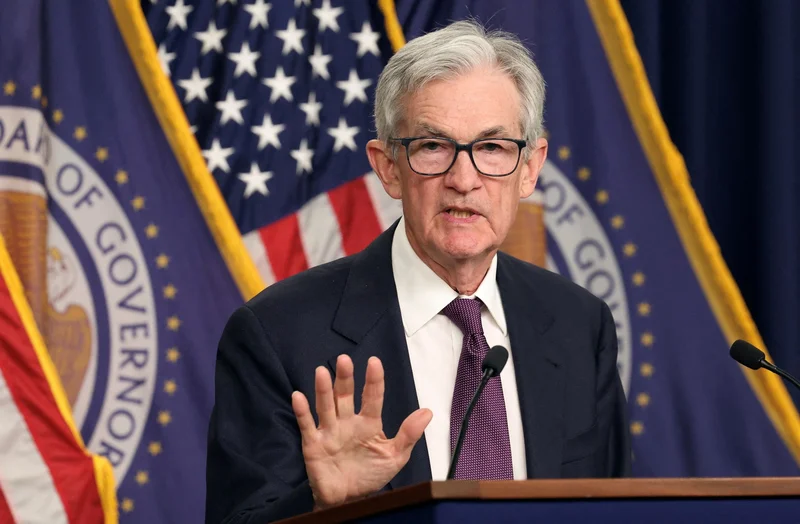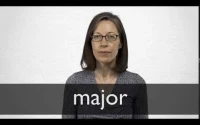Jerome Powell just sent the clearest signal yet that the Federal Reserve's priorities have fundamentally shifted. Standing before the National Association of Business Economics in Philadelphia, the Fed Chair didn't just hint at future policy—he laid out a new framework for risk. The inflation dragon, the primary antagonist of the last few years, has been relegated to a secondary role. The new protagonist, or perhaps the new damsel in distress, is the American job market.
For months, the market has been trying to read the tea leaves, parsing every clause from the FOMC minutes. But this was different. This was a direct, almost blunt, admission. As CBS News summarized the speech, Fed Chair Powell says hiring slowdown poses economic risks, hinting at more interest rate cuts. His focus on a "sharp slowdown in hiring" as a "growing risk" is the tell. It’s the data point he’s clinging to as justification for a significant dovish pivot. He’s effectively stating that the risk of holding rates too high and damaging employment now outweighs the risk of inflation reigniting.
This isn't just talk. The speech all but guarantees rate cuts in October and December, aligning with the Fed's own forecast from September. Lower rates are coming, designed to make it cheaper for businesses to expand and consumers to borrow. But the real question is whether this is a proactive measure based on solid forward-looking data, or a reactive move to a labor market that's already showing cracks. What level of slowdown is the trigger point for action? And how much of this is driven by the data versus the intense political pressure mounting from all sides?
The Mechanics of the Pivot
Let's break down the numbers Powell is working with. He acknowledged that the Fed's preferred inflation measure is sitting at 2.9%, a figure that is objectively above the long-stated 2% target. A year ago, a number like that would have prompted hawkish warnings. Today? Powell dismisses it, attributing the elevation to tariffs and asserting there are no "broader inflationary pressures." It’s a convenient narrative, but it’s also a gamble. He is betting that the inflationary pressures are transient and isolated.
This is the central pivot. The Fed is willing to tolerate inflation running hot to protect employment. It’s a policy choice, and Powell is now making it explicit. He’s essentially drawing a new line in the sand.
The other major signal, which many might overlook, concerns the Fed's balance sheet. In a key development, Fed’s Powell suggests tightening program could end soon, opens door to rate cuts; the Fed Chair indicated the central bank may "soon" stop shrinking its portfolio, which currently stands at roughly $6.6 trillion. To be more exact, the Fed has been letting about $40 billion in assets mature each month without replacement—a process known as quantitative tightening (QT). Halting this process is, in itself, a form of monetary easing. It’s like a supertanker captain deciding to stop reversing the engines. The ship doesn't immediately surge forward, but the drag disappears, which has a material effect on longer-term rates.

I've looked at hundreds of these policy statements, and the word "soon" is a deliberate choice. It creates expectation without commitment. But the message is clear: the era of the Fed actively pulling liquidity out of the market is drawing to a close. The question is whether this is enough to stabilize a slowing economy, or if it's merely a prelude to the inevitable return of quantitative easing.
The Ghost of Policy Past
Perhaps the most fascinating part of Powell’s speech wasn't about the future, but the past. He spent a significant portion of his time defending the massive asset purchases of 2020 and 2021, a policy that has drawn a firestorm of criticism for allegedly worsening inequality and fueling the inflation spike the Fed later had to fight.
Then came the line that every analyst will have underlined in their notes: "With the clarity of hindsight, we could have—and perhaps should have—stopped asset purchases sooner."
This is a rare thing: a sitting Fed Chair admitting a potential policy error, however qualified. It’s couched in the safety of "hindsight," of course, but it’s an admission nonetheless. He frames the decision as "insurance against downside risk," an attempt to prevent a financial market collapse during the pandemic. That’s a defensible position. But the critique from figures like Treasury Secretary Scott Bessent is that the insurance policy was kept in place for far too long, long after the immediate danger had passed, and the premiums were paid in the form of asset bubbles and soaring inflation.
Powell’s defensiveness here is telling. He knows his term is up next May, and his legacy—and potential reappointment—is on the line. By acknowledging a past misstep, is he trying to build credibility for his current pivot? Or is he simply trying to get ahead of the political attacks that are sure to intensify? He’s walking a tightrope, trying to justify past actions while signaling a completely different strategy for the future. It’s a difficult, almost impossible, needle to thread.
The New Mandate is Job Preservation
Ultimately, Powell's speech wasn't about complex economic theory. It was a simple message. The Federal Reserve is now more afraid of a recession than it is of inflation. The dual mandate has always been a balancing act, but the scales have tipped decisively toward employment. Every signal—the focus on hiring, the dismissal of current inflation data, the hint at ending QT, and the defensive posture on past actions—points to a Fed that is preparing to cut rates and provide support. The only remaining question is not if they will act, but whether their actions will be enough to steer the economy away from the slowdown they now so clearly fear.









